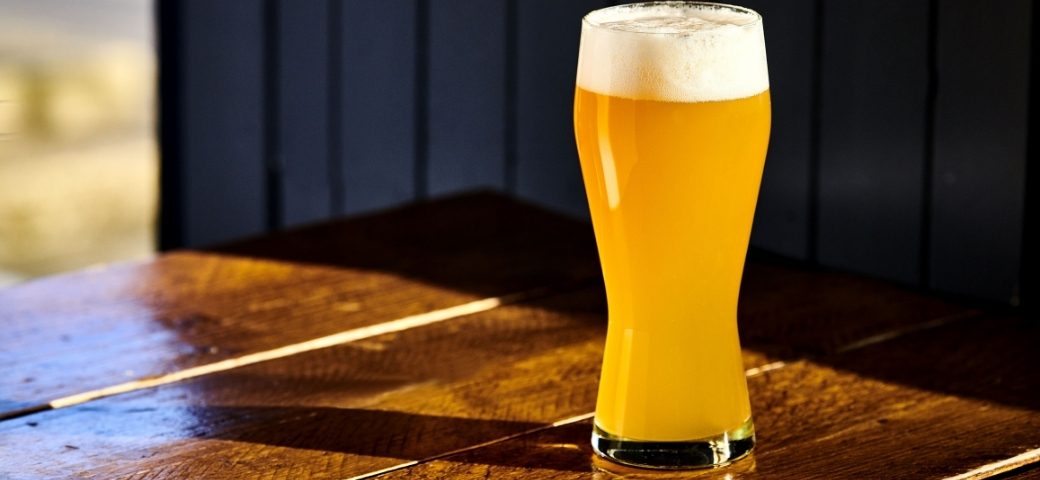If you’re looking to brew a beer that would be ideal to drink and relax with on a hot summer’s day, the chances are that a wheat beer will be near the top of the list.
With its light colour and hazy appearance, wheat beers offer a crisp and refreshing taste and, as you’ve probably guessed, they are brewed mostly with malted wheat as the primary ingredient in the mash as opposed to malted barley.
If that all sounds like a style you want to brew, we’ve got some recommendations on the malts we can deliver to you to help you make it.
History of the Wheat Beer
As is well documented, the wheat beer originated in Continental Europe, with the first true wheat beer brewery built in the Bavarian region of Germany as far back as the 15th century.
For centuries, wheat beer remained under the control of the Bavarian royal family and it wasn’t until 1872, when the arrival of pilsners took over in the popularity stakes, that the wheat beer style needed to be rescued from its royal control in order to survive.
Up until the 1950s, the popularity of wheat beers remained low but a post-war rejuvenation has seen wheat beers become ‘mainstream’ once again. Today, almost a quarter of all beer sold in Germany is wheat beer, while the style has also become incredibly popular outwith Continental Europe.
An example of this is Blue Moon, a 5.4% ABV Belgian-style wheat beer from Molson Coors which, introduced in 1995, is now among the top 20 most popular beer brands in the USA.
Base Malt for a Wheat Beer
Finest Lager Malt – While the majority of the mash of a wheat beer is Wheat Malt (more on that shortly), because modern wheat has a relatively high glucan and protein content compared to barley and no husks – all of which can create lautering problems – mashes rarely contain more than 70% Wheat Malt. As a result, our Finest Lager can be used alongside Wheat Malt in light wheat beers such as a Hefeweizen and complements it well with its clean, light malty taste and exceptional brewhouse performance.
Check out all of our Base Malts HERE.
Highly Kilned Malt for a Wheat Beer
Munich Malt – In darker wheat beers such as the Dunkelweizen and Weizenbock, they have a similar mash to a Hefeweizen but they use Munich – or even Vienna – in place of the pale malt to help produce those darker colours and, as a result, a slightly more malty flavour and reddish hue.
Check out all of our Highly Kilned Malts HERE.
Crystal Malt for a Wheat Beer
Caramalt – Our Caramalt is a sweet, chewy and heavenly malt that contributes golden-hued colour enhancement and flavour enrichment. Due to its low colour (30-42 °EBC), it’s incredibly versatile and can be used to enhance almost any beer style, with it traditionally used in small amounts (usually around 5%) in wheat beers. See also Premium English Caramalt, which has the same effect but is slightly further down the spectrum on colour at 54-66 °EBC.
Check out all of our Crystal Malts HERE.
Extra Special Malts for a Wheat Beer
Wheat Malt – You’d never have guessed! German wheat beers require a minimum 50% Wheat Malt in the mash while, as stated above, any more than 70% can cause brewhouse problems. So in German styles, somewhere between 50%-70% Wheat Malt is considered the norm, but this can be slightly less for wheat beer adaptations in the UK and North America. As for its profile, our Wheat Malt imparts a bready flavour and characteristic citrus notes. Unmalted Flaked Wheat can also be used in wheat beers and it is packed with high molecular weight protein, which helps to give foam stability, turbidity and, when used with Wheat Malt, it tends to give a crisper mouthfeel.
Check out all of our Extra Special Malts HERE.
Check out the best malts for other beer styles
- The Best Malts to use for an English Pale Ale
- The Best Malts to use for a West Coast IPA
- The Best Malts to use for a New England IPA
- The Best Malts to use for a Stout
- The Best Malts to use for a Porter
The main image shows a UK wheat beer: Moor Beer – Claudia.
If you’re interested in finding out more about our malts or trying them for yourself, then get in touch with our order office team today or contact us on Facebook, Twitter or Instagram.

